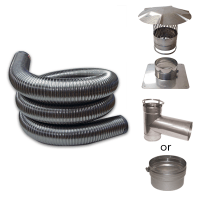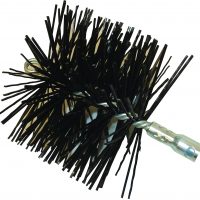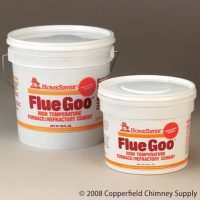By: Ivan Cuxeva Jr
Whether you’re looking for a way to heat your home, or just want a little romantic ambience in the evenings, a fireplace can be a fun way to achieve both. Which is the best type of fireplace though? Wood-burning? Gas? Electric? Something else?
Let’s take a look at the pros and cons of the three we’ve mentioned.
Wood-burning Fireplaces
Wood-burning fireplaces come with many homes, and you may already have one. The downside to wood fireplaces is that you have to buy or cut your own wood, store it somewhere dry so it can season, lug it in the house whenever you want to build a fire, and worry about stray sparks and other fire safety issues (such as not being able to leave the house while there are still embers glowing).
For all these reasons, many people who have traditional wood fireplaces don’t use them that often. In addition, a wood fireplace isn’t a very good way to heat a home. Much of the heat goes up the chimney, and drafts will come down even when the fireplace is not in use. Fireplaces that burn wood are also messy, and you’ll have to vacuum ashes often.
On the plus side, a crackling wood fire can be fun, especially in power outages. It’s also nice to snuggle up to when you want a romantic evening at home with your significant other.
So, who should consider a wood fireplace? If you don’t plan on building fires very often and aren’t worried about heating the house effectively, you can stick with a wood-burning fireplace. Also, if you’re in love with “real” fires—you know, the snap, crackle, and pop of actual wood going up in smoke—then a substitute fuel just won’t work.
Gas Fireplaces
Gas fireplaces (which include gas inserts, gas log sets, and self-contained vent-free units that don’t require chimneys) are growing in popularity. Though they lack the reality of a true fire (sorry, no snap, crackle, and pop here), they can put out a pretty convincing flame. Their convenience also makes them a winner for many.
With gas fireplaces, all you have to do is flick a switch to turn them on. Upper end models even come with remote controls so you don’t have to get off the couch. Maintenance is minimal compared to all the work associated with wood-burning fires. Gas fireplaces are even good for area heating—that’s where you just heat the room or living area where you’re spending most of your time instead of turning on the home’s central heat and wasting money heating the whole house. Gas fireplaces can also work when the power goes out, so they are a nice backup way to heat the home during a storm or other emergency that leaves you without electricity.
Anyone who wants the warmth and ambience of flickering flames without the hassle of buying wood and cleaning ashes should consider a gas fireplace. Prices usually run about $2,000 for unit and installation, though you can find some deals and get them cheaper from time to time.
Electric Fireplaces
Lastly, let’s look at electric fireplaces. They are a cheaper alternative to buying a gas insert or self-contained gas fireplace, and they are much cheaper than having a whole chimney and wood-burning fireplace installed. You do make quite a few sacrifices for that lower cost though.
Electric fireplaces are known for looking even “faker” than gas fires. There aren’t any actual flames, just digitalized versions that mimic fires.
Since electric fireplaces run on electricity, they won’t work during a power outage. They do put out some heat, but it is not the most efficient. They’re about on par with space heaters. Indeed many people have called them glorified room heaters.
On the plus side, electric fireplaces don’t require any sort of installation. They just come with a plug that you stick in an outlet, and voila: your fireplace is working. They can be a nice choice for people in condos or apartments, where you can’t make drastic changes to the walls (such as building a fireplace in your living room). Also, their easy portability means you can move them from room to room.
As you can see, gas, electric, and wood-burning fireplaces all have their advantages and disadvantages. Hopefully this article has helped you decide which is best for you.
TC Thorn is the author of a blog on fireplaces with sections on gas fireplaces and electric fireplaces.






